Artist-In-Residence
Established in 2013 with the launch of the Center for Art and Thought (CA+T), the Artist-in-Residence Virtual Residency is a one of a kind program that moves from the delimited physical spaces of a center or institution to the virtual spaces of the Internet. This de-centering of the physical allows the resident to work from anywhere in the world, provided that s/he has a connection to the Internet.
Over the course of their residency, the artist has the opportunity to work towards the completion of a project, such as a manuscript, a collection of stories, or scholarly article. The fundamental goal of the residency program is to facilitate the artist’s critical engagement with the public through their contributions on a virtual platform. This platform is a space for the artist to garner inspiration from an engaged audience and to work through ideas, both visually and textually.
At the end of the residency, the artist will present his or her work online. For example, they might present a digitally recorded podcast, a live online streamed talk, or curated online exhibition. For more information about the Artist-in-Residence Virtual Residency, please e-mail your inquiry to residency@centerforartandthought.org.
The inhaling is collective, is machine
Here is when poet says over and over “there is no context for killing.” But here is where most hear poet saying, “There is no context-killing.” Poet then asks most to describe a point from way back, when aesthetics were overwhelming with...
Footnotes to the Seminar Exams and Office Hours with Students via Zoom
i. Everything sucks and I hate it here.ii. I’m glad I get to check-in with students.iii. I began this residency at the start of February. During those first 6 weeks, I established a writing practice, a regularly scheduled sustained writing routine...
Again with the creditors
Again with the creditors.Savage Lovebird dies:Should time?Refrigerator of the abandoned.Those who have nothing. Ever.This, no wonder, for being the again and again,the full stop, is trouble, in trouble.The trouble say, anyone:These cities these...
Footnotes to the Commute from City Heights to San Marcos and Also During an Institute on Culturally Responsive Pedagogy
i. I need to visit B. These past few nights, I’ve been thinking intensely about him and how he’s no longer “here.” I wonder if his headstone is finished. I wonder if I’d feel comfortable with taking a picture of the headstone and sending...
Savage Lovebird Emerges
This paper is not actually a paper per se—Savage Lovebird emerges. This paper is, infact, for all intents andpurposes, a story—SavageLovebird emerges. Well, okay,this story is not actually a storystory—Savage Lovebirdemerges. This story, then...
-
Reading of "So, she says, you praise the dead"
May 05, 2020 -
On Collage Writing
Apr 30, 2020 -
The inhaling is collective, is machine
Apr 28, 2020Here is when poet says over and over “there is no context for killing.” But here is where most hear poet saying, “There is no context-killing.” Poet then asks most to describe a point from way back, when aesthetics were overwhelming with abstraction, when sentences stole more life, and agitators were at their lowest: lean, brown never, not unafraid of the terms their children make to raise themselves. Friends, poet hates sun, and listens never, and calls backstabbers “collaborators.” Poet eats dried steak and stays suspicious, listens to aunties, hear it: “That is the full choice sex, a contemporary nowhere.” The balloon melts. Anti-much poet. The resolution, then, is poet calling out wannabes for issues from way back, during that solstice week, on that one still block. The inhaling is collective, is machine, is talk, is wisdom. Poet bags even good goodies like watches and anarchist everythings, a husbanding of conditions of mature, bloodshot, pure, possibility. Poet does invent. Poet doesn’t wash out. And also, poet bites high—an intriguing dissolution. Poet is insurrection only. Poet’s eyes matter, too. Friends, tell most who already know, poet makes and sells gasp. The young, the old and their lungs, they are later than poet reading of reactionaries. They, the young, the old and their lungs, know people and poet to be particular toward paper, toward a broad love collaboration. Poet’s hair—look at it now, how summer!
-
Reading of "The inhaling is collective, is machine"
Apr 28, 2020 -
Footnotes to the Seminar Exams and Office Hours with Students via Zoom
Apr 23, 2020i. Everything sucks and I hate it here.
ii. I’m glad I get to check-in with students.
iii. I began this residency at the start of February. During those first 6 weeks, I established a writing practice, a regularly scheduled sustained writing routine for the first time in my career. And then … I forced myself to take a break from producing more material because of the pandemic, school closures, daily fears, and worries by the minute. In other words, anxiety through the walls and roof, or ceiling, then the through the floor of the upstairs neighbor’s place and then through their ceiling, then the roof of this self-quarantining apartment.
iv. I thought about whether or not I should write this entry—if I’m reading a lot of text all day, why would anyone else want to read more text? This is not to say that text is dead or a call for the death of text. This is to say the Barthesian pleasure of the text cannot be sustained in this moment, at least for me.
v. My 75-year-old parents, along with some other elderly aunties and uncles, one who has tested positive for COVID-19 and has been quarantined in a Manila hospital for a few weeks now, are still in the Philippines. Every other day, I develop a nuanced argument to convince my mother to stay in the province and to not rush back to us here in the US.
vi. My sister-in-law, an RN, just called out to us on a text thread for N95 masks because yes, they are being forced to reuse their disposable masks over and over.
vii. I couldn’t let another week pass without coming back into residency mode. So, the other day, I grabbed the printed manuscript of my MFA thesis—the one thing I did grab before campus closed, freed it from the large alligator clips, and angrily threw the manuscript toward my couch. Everything sucks and I hate it here. I wanted to cry. Perhaps, I’ve been crying inside ever since. I grabbed three random pages, highlighted a few lines, and then randomized the text to see if I even wanted anything from this process. It turns out: everything does suck and yes, I do hate it here. This is the mood within which “Again with the creditors” was written.
vi.
-
Again with the creditors
Apr 21, 2020Again with the creditors.
Savage Lovebird dies:
Should time?
Refrigerator of the abandoned.
Those who have nothing. Ever.
This, no wonder, for being the again and again,
the full stop, is trouble, in trouble.The trouble say, anyone:
These cities these families teach for days.
No solution—that demand of body,
that demand of looking,
that demand of demanding.Say, Everything.
Stop humming. Be
Youngsters,
be marxists—no time
to pray for a full
Stop. These cities these families
ripe for warfare—
they don’t look good,
they have nothing,
they have promise.Not enough for a haircut.
Not enough for a haircut.
Certainly, time is wanted.
-
Reading of "Again with the creditors"
Apr 21, 2020 -
Footnotes to the Commute from City Heights to San Marcos and Also During an Institute on Culturally Responsive Pedagogy
Apr 16, 2020i. I need to visit B. These past few nights, I’ve been thinking intensely about him and how he’s no longer “here.” I wonder if his headstone is finished. I wonder if I’d feel comfortable with taking a picture of the headstone and sending the picture to the cousins. I wonder.
ii. For some reason, I’ve convinced myself that the notion of “documentary poetics,” or what Valeria Luiselli calls “documentary fiction,” was introduced to me via contemporary writers and artists who have named their craft/methodologies specifically within or toward those traditions/forms/aesthetic contexts. Upon deeper reflection, I’ve been interested in documentary forms and other types of formal/textual transgressions ever since I first read Jessica Hagedorn’s Dogeaters and R. Zamora Linmark’s Rolling the R’s. Each of these novels play with the documentary impulse by including fictionalized versions of texts like newspaper articles, report cards, prayers, etc. Each novel taught me early on what’s possible within the front and back cover of a novel. The most recent post, “Savage Lovebird Emerges,” is inspired by that tendency to fictionalize/play with different types of “official” records and forms. More recently, I’ve been thinking with some of the work in Gregory Pardlo’s Digest in which he uses “formal containers” such as course descriptions/syllabi as a mode of recognition and disruption. Similarly, I’ve been revisiting the conference paper abstract pieces in Joshua Bennett’s The Sobbing School. I’m attracted to these “containers” because they are—for better or worse, probably worse—readily available and in front of my face daily here in academia.
iii. The thing about remixing these academic forms is that these forms interpellate a particular kind of audience. I’m doing some soul-searching here and I’m not cool enough or down enough or proletarian enough to admit that I write solely to my families and communities. Or, I’m coming to terms with the fact that my community is also comprised of academics. “I’m here. I’m a part of this now” (Pam Beesly talking about the inescapable reality of her presence in the Michael Scott Paper Company).
iv. The fictionalizing or the remixing of these academic forms does have the potential to throw into crisis rigid distinctions between poetry, fiction, and nonfiction. Perhaps, too, if we can reconceptualize our reading practices so that these rigid distinctions collapse and even disappear, we might be able to conceive of knowledge production very differently. Some of us already do, but I spent my Ph.D. searching and arguing for alternative forms of dissertations.
v. I cannot help but think about the shared thinking space of pedagogy and craft for writers. I approach my teaching very similarly to how I approach this writing.
-
Savage Lovebird Emerges
Apr 14, 2020This paper is not actually a paper per se—
Savage Lovebird emerges. This paper is, in
fact, for all intents and
purposes, a story—Savage
Lovebird emerges. Well, okay,
this story is not actually a story
story—Savage Lovebird
emerges. This story, then, is, like
all other endeavors, an attempt, a set
of stutter-steps, pump-fakes,
and un-directions—Savage Lovebird
emerges. This un-direction,
then, is the method through which
an emergence occurs via
a refusal of refusals
refusing the refuse of
the beginning of this
not actually a paper
per se particularly—Savage Lovebird
emerges. Through this anti-paper
perhaps, a begging perhaps, a wanting perhaps,
a machinery, what gets, or becomes,
or desires, or is, or can be explored is all
of these entangled histories
of the present—Savage Lovebird emerges.
Ultimately, yes, there is both an argument
and narrative in this anti-paper of refusing:Savage Lovebird emerges from the bed only to realize that Savage Lovebird hates getting up in the morning to brush Savage Lovebird’s teeth because it is embarrassing how much one might hate oneself in the morning light.
-
Reading of "Savage Lovebird Emerges"
Apr 14, 2020





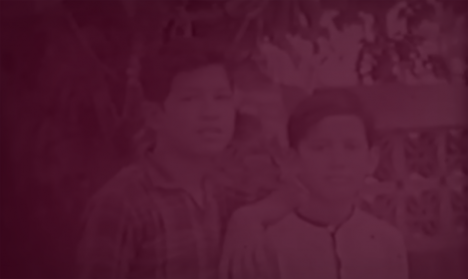

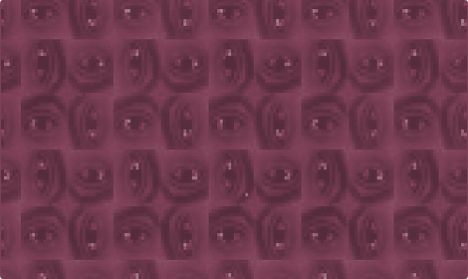






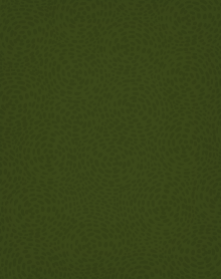
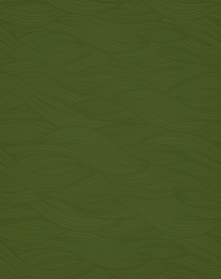
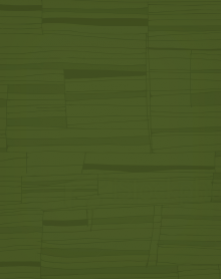


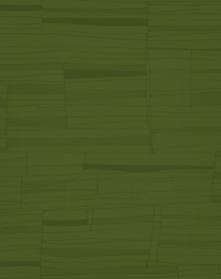




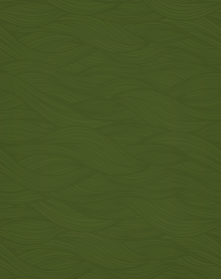
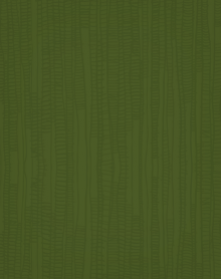


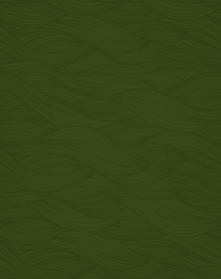
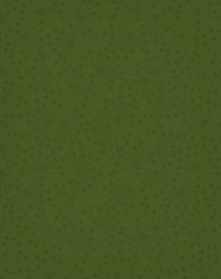
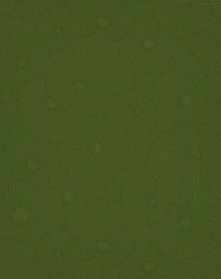


.jpg)








.jpg)
.jpg)
.jpg)




.jpg)



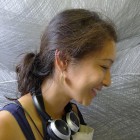

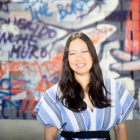


.jpg)


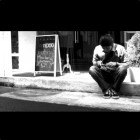

.jpg)


.jpg)






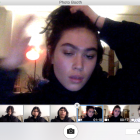
_Cropped.jpg)
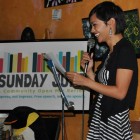
.jpg)
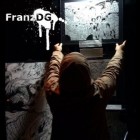





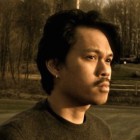
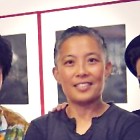
.jpg)

.jpg)


.jpg)
.jpg)
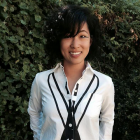


.jpg)


.jpg)




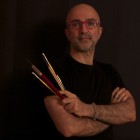
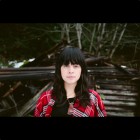


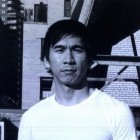


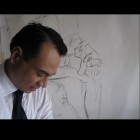

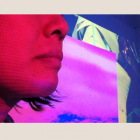





.jpg)






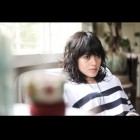





.png)





.jpg)

.jpg)
.jpg)




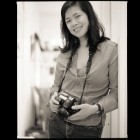
.jpg)
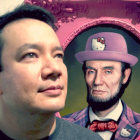
.jpg)
.jpg)



.jpg)
.jpg)
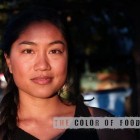


.jpg)






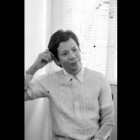
.jpg)









